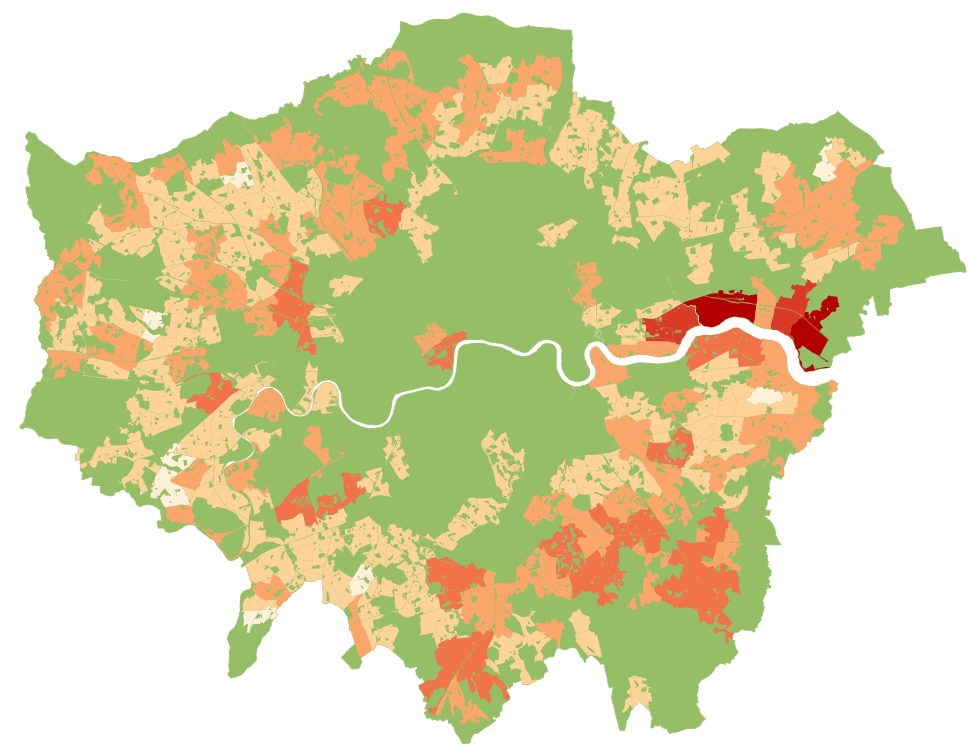London Housing Crisis
Costs of London rents and freehold properties are rising beyond ordinary workers’ means (to £474,544 in June 2015 (i)). People are having to travel from outside the Greenbelt at great expense. The Mayor’s draft Housing Policy (2014) forecast a need to “42,000 new homes a year, every year, for the next twenty years” (ii). The growing need for homes is because of:
- a) population growth, “London’s population has grown rapidly, from 6.8 million in 1986 to 8.4 million in 2013 and is now projected to surpass its 1939 peak of 8.6 million as early as 2016” (iii);
- b) increasing numbers of single person households;
- c) low rates of house building in the past, especially since the 2008 recession; and
- d) land hoarding by developers and investors.
Reactions to this challenge include building high and building in the Green Belt. However, there are counter arguments. Estate agents Stirling Ackroyd find that “570,000 extra homes can be built within the capital over the next decade, and according to research can be completed without building on any green space.” (iv).
From a very different standpoint, the Green Party Spokesman on intellectual property, Tom Chance, has argued for densification, particularly in outer London. He calculates that densification of outer London to the median level for housing in Greater London as a whole would produce 6,500,000 homes (twice as many homes as in the whole of London at present). The great advantages of this are no development of green belt, exploitation of the current public transport network and relatively little strain on new utilities and minimization of commuter times.
This contrasts with the current London Plan policy of development just on brownfield sites and exporting growth to beyond the greenbelt. Development of London’s suburbs is not his absolute prescription, but as he says “But it gives you an idea of what’s possible. Maybe this is what would have happened if we had a sustainable planning system during the 1930s, when these sprawl suburbs were built?” (v). The point is that there is plenty of opportunity for densification in outer London, the challenge is how to unlock land, without building on London’s parks and gardens and just adding a storey to many properties would go some way to this.

Refs. (all accessed 12.10.2015)
(i) http://www.homesandproperty.co.uk/property-news/news/new-land-registry-figures-reveal-average-cost-buying-home-every-london-borough-june-2015-0
(ii) Mayor of London ” Homes for London, London Housing Strategy” draft April 2014: http://www.london.gov.uk/sites/default/files/Draft%20London%20Housing%20Strategy%20April%202014_0.pdf
(iii) ibid p. (accessed 2.10.2015) p.7
(iv) Stirling Ackroyd http://www.stirlingackroyd.com/News/6638/Will-London-be-able-to-meet-property-demand-.aspx
(v) http://tomchance.org/2014/01/18/densifying-london-part-two/
